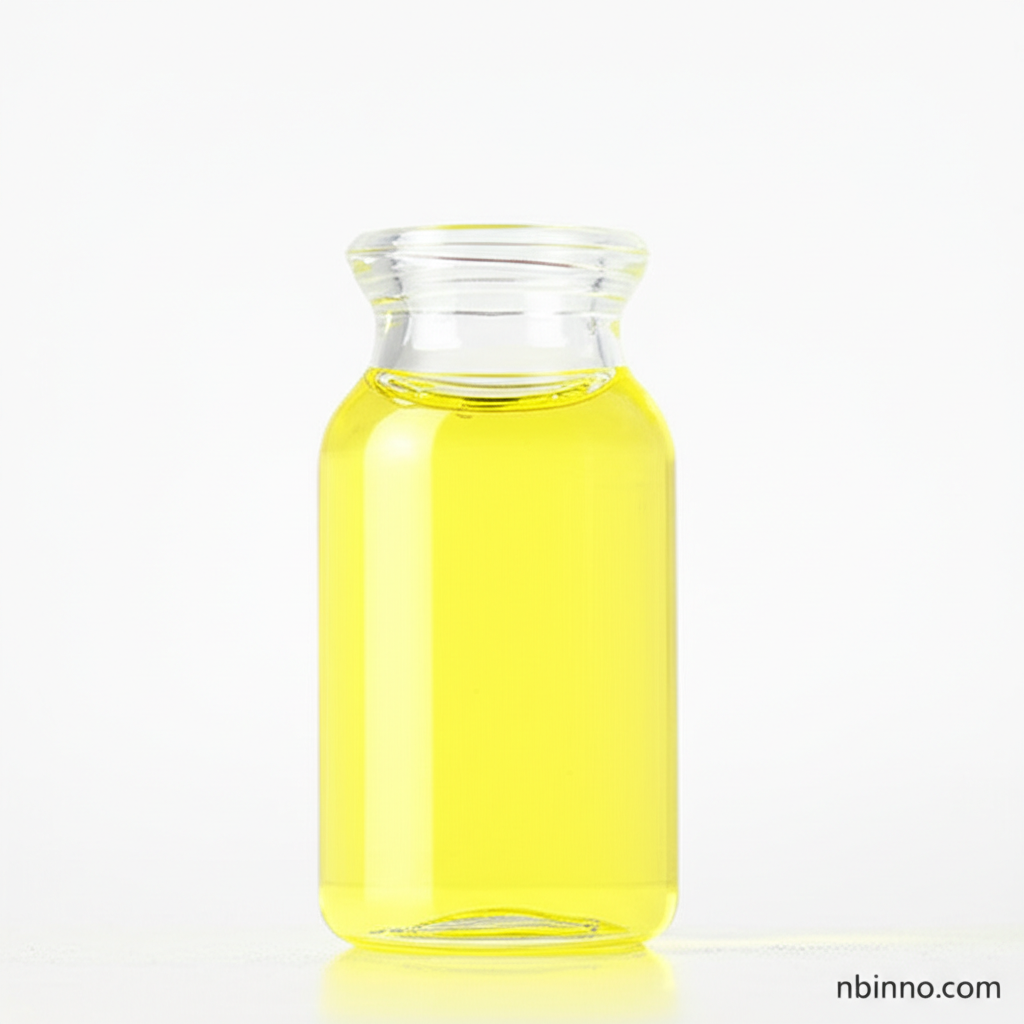1,4-Butanedithiol: A Key Dithiol for Advanced Chemical Applications
Discover the versatile applications of 1,4-Butanedithiol in polymer synthesis, nanoparticle stabilization, and beyond.
Get a Quote & SampleProduct Core Value

1,4-Butanedithiol
This dithiol compound is a critical component in modern chemical industries, offering unique properties for advanced material development. Its dual thiol groups enable a wide range of reactions and applications, making it an indispensable intermediate.
- Explore the 1,4-Butanedithiol uses in synthesizing advanced polymer structures, enhancing material performance.
- Understand its role in metal nanoparticle stabilization, a key process for nanotechnology innovation.
- Learn about its function as a building block for organic semiconductors, driving electronic advancements.
- Discover its effectiveness in heavy metal chelation for environmental and safety applications.
Key Advantages Provided
Exceptional Crosslinking Capabilities
Leverage its strong performance as a chemical crosslinking agent to create robust and stable polymer networks, crucial for demanding applications.
Versatile Ligand for Nanomaterials
Utilize 1,4-Butanedithiol as a premier choice for metal nanoparticle stabilization, ensuring consistent particle size and enhanced functionality.
Foundation for Organic Electronics
Benefit from its utility as a core component in organic semiconductor building block synthesis, paving the way for next-generation electronics.
Key Applications
Polymer Synthesis
Its role as a crosslinking agent makes it vital for producing high-performance polymers like polythioethers and epoxy resins, supporting diverse industrial needs.
Nanotechnology
Crucial for stabilizing metal nanoparticles and quantum dots, this compound is fundamental in advancements within the nanotechnology sector.
Organic Electronics
As a key building block, it facilitates the creation of organic semiconductors, essential for flexible displays and advanced electronic devices.
Environmental & Safety
The compound's ability in heavy metal chelation offers significant benefits in detoxification and environmental remediation efforts.
